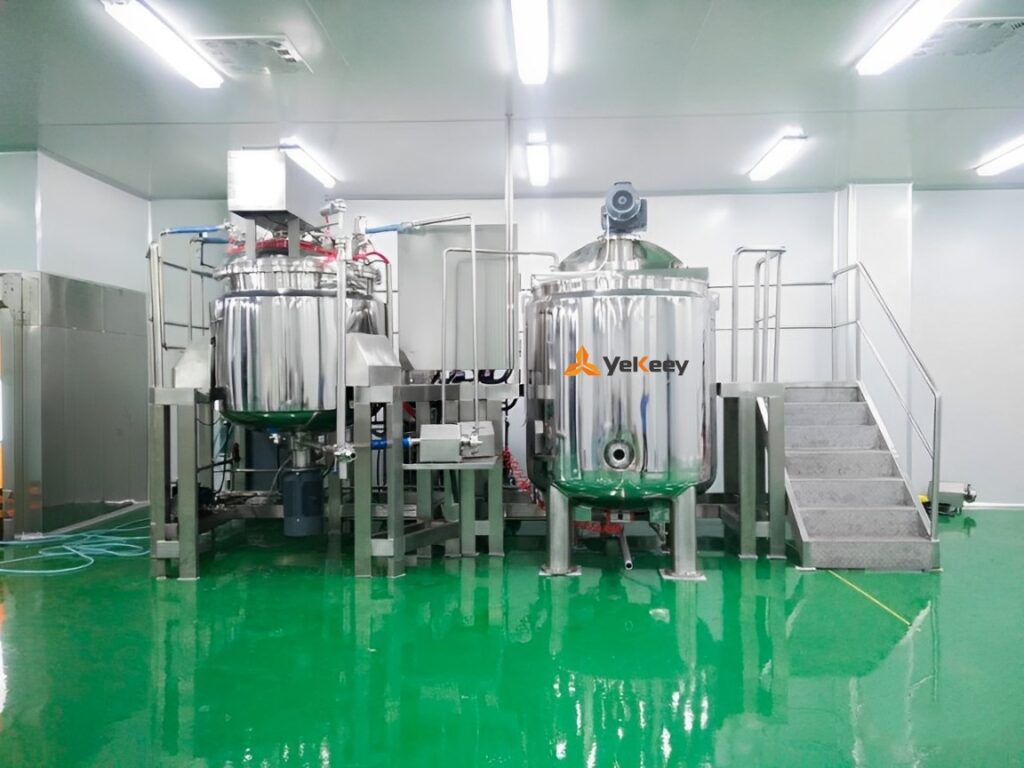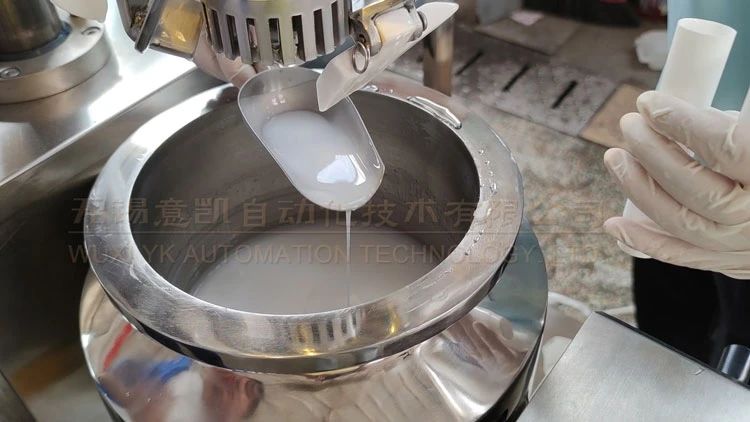-
What to do with expired hand sanitizer gel?
(1) The correct way to handle expired hand sanitizer gel is to treat it as hazardous waste and carry out special safety treatment. Due to the presence of harmful ingredients such as alcohol in hand sanitizers, expired products may pose potential hazards to human health or the natural environment. Therefore, it should be disposed of in hazardous waste bins by professional waste disposal companies to ensure safe disposal of expired hand sanitizers and avoid potential harm to the environment and human health.
(2) If the amount of hand sanitizer gel used in households is small, it can also be discarded. Before discarding, please ensure that the bottle cap of the hand sanitizer is tightly closed to prevent leakage and evaporation. Hand soap bottles can be placed in regular trash cans, but please be careful not to mix them with other recyclable waste.
(3) Additionally, it is not recommended to use expired hand sanitizer gel for other purposes, such as mopping the floor or cleaning hygiene. Because expired hand sanitizers may have deteriorated, may not be effectively cleaned or disinfected, and may even pose a threat to human health.
2. What machines are used to make hand sanitizer gel?
The machines used to make hand sanitizer gel can vary depending on the scale and type of production. However, some common machines and equipment that may be used include:
(1) Hand sanitizer mixer: A hand sanitizer mixer is used to combine the ingredients of the hand sanitizer, such as water, alcohol, glycerin, and thickening agents. This equipment ensures that the ingredients are uniformly blended together.
(2) Heating Equipment: Such as a stove or hot plate, is used to heat the mixture to dissolve solid ingredients and achieve the desired consistency.
(3) Packaging Machines: Packaging machines are used to fill and seal the hand sanitizer into individual containers. This can include bottle filling machines, dispensing pumps, and sealing machines.
(4) Labeling Machines: Labeling machines are used to apply labels to the containers with information such as the product name, ingredients, directions for use, and any safety warnings.
(5) Inspection and Testing Equipment: Equipment for quality control and testing, such as pH meters, alcohol content meters, and viscosity meters, may be used to ensure that the hand sanitizer meets safety and efficacy standards.
The specific machines and equipment required for hand sanitizer production will depend on the scale of production, the recipe used, and the available facilities. It’s important to select equipment that is suitable for the purpose and to operate it according to manufacturer’s instructions and safety standards.
3. What is the process of hand sanitizer gel production?
The process of producing hand sanitizer gel typically involves several steps, from formulating the ingredients to packaging the final product. Here is a general outline of the process:
(1) Ingredient Selection:
- Select the appropriate ingredients, including water, glycerin, alcohol (usually ethyl alcohol or isopropyl alcohol), essential oils or fragrances, and thickening agents like carbomer or xanthan gum.
- Ensure all ingredients are safe for skin contact and comply with any local regulations for hand sanitizer production.
(2) Mixing:
- Combine the water, glycerin, and alcohol in a suitable container. These are the main ingredients that provide the cleaning and antimicrobial properties.
- Stir the mixture well to ensure uniform blending.
(3) Thickening:
- Add the thickening agent to the mixture. This agent will increase the viscosity of the gel, giving it a more solid consistency.
- Mix thoroughly until the gel reaches the desired consistency.
(4) Fragrancing:
- If desired, add essential oils or fragrances to give the hand sanitizer gel a pleasant scent.
- Mix gently to distribute the fragrance evenly throughout the gel.
(5) Storage and Stabilization:
- Transfer the gel to clean, sterile containers.
- Allow the gel to set and stabilize for a period of time, usually overnight, to ensure it maintains its consistency and antimicrobial properties.
(6) Packaging:
- Package the gel in clean, suitable containers, such as plastic bottles or dispensers.
- Ensure the packaging is sealed securely to prevent leakage and contamination.
(7) Quality Control:
- Conduct quality checks on the gel to ensure it meets all safety and efficacy standards.
- Test for consistency, pH level, alcohol content, and any other relevant parameters.
(8) Labeling and Distribution:
- Label the containers with appropriate information, including the product name, ingredients, directions for use, and any safety warnings.
- Distribute the hand sanitizer gel to retail stores, healthcare facilities, or other points of sale.
It’s important to note that the exact process may vary depending on the specific recipe and production facilities. Additionally, it’s crucial to follow local regulations and safety standards throughout the production process to ensure the final product is safe and effective.









Simply desire to say your article is as surprising. The clearness in your post is simply excellent and i could assume you are an expert on this subject. Fine with your permission let me to grab your feed to keep up to date with forthcoming post. Thanks a million and please carry on the gratifying work.